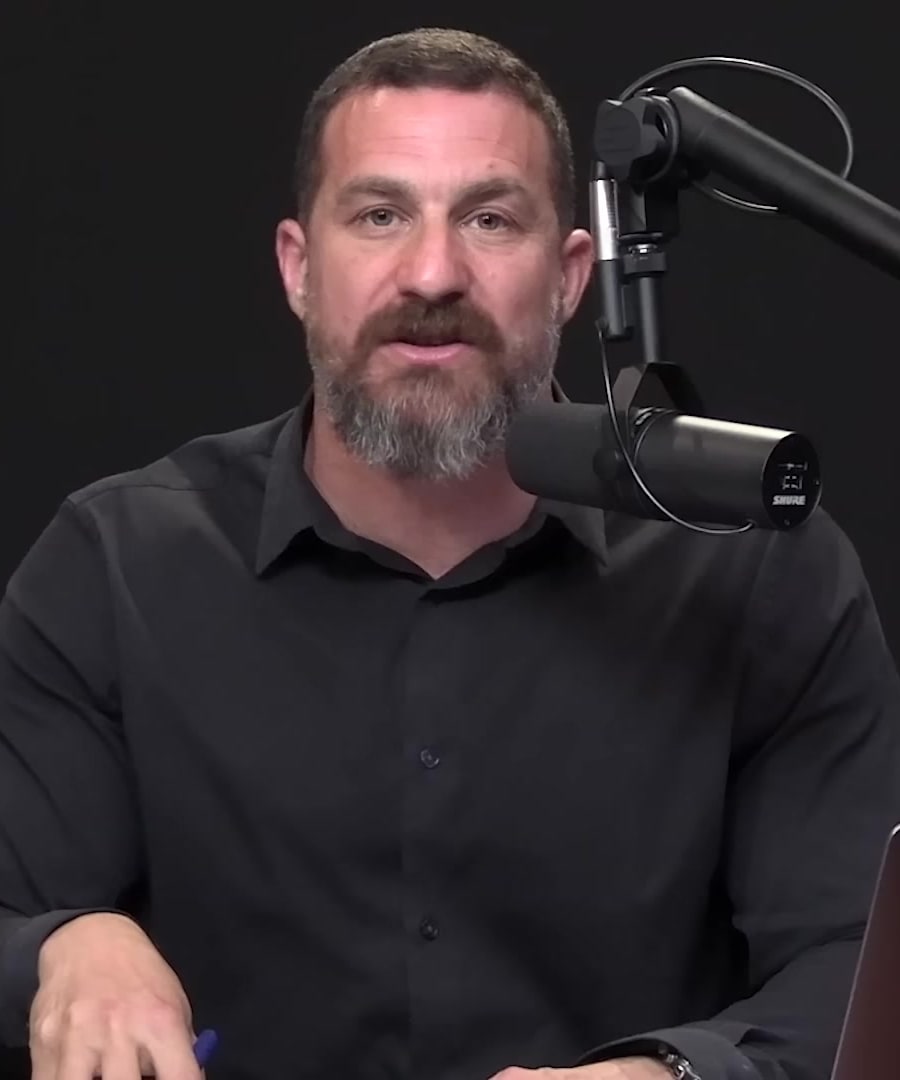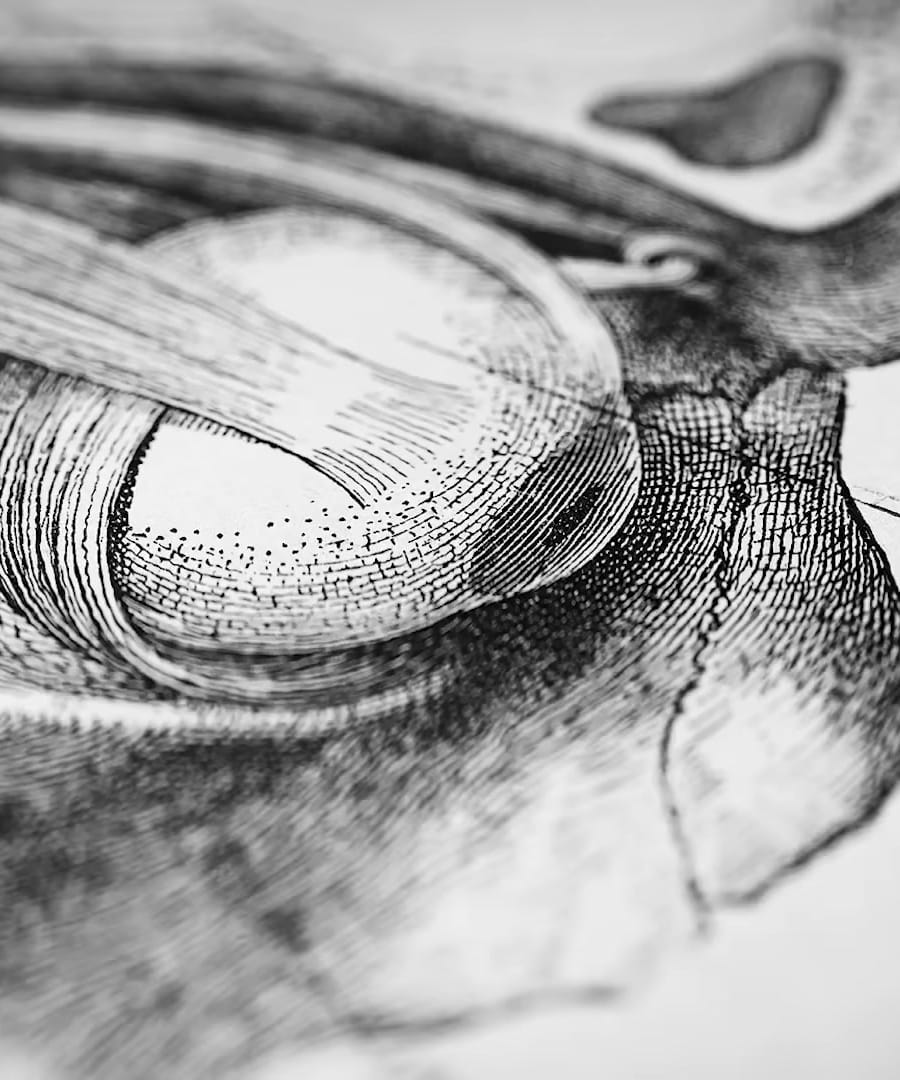Hairgrowth
Sources:
The science behind hair growth and preventing hair loss involves a mix of biological and chemical factors, as well as mechanical interventions. Here are some key insights from on this topic:
-
Hair Growth Dynamics: Hair growth requires various chemical and biological processes. Key players include IGF-1 and Cyclic AMP, which extend the growth phase of hair. Meanwhile, elements like phosphodiesterase (PDE) and TGF-beta 2 act as inhibitors, shortening this phase 1.
-
Role of Blood Flow: Blood flow is essential for delivering nutrients and oxygen needed by hair follicles to grow. Treatments like Minoxidil enhance blood flow to the scalp, helping to extend the growth phase of hair, known as the anagen phase 2.
-
Use of Caffeine: Caffeine can be used as a topical treatment for hair growth, as it inhibits PDE and can boost levels of IGF-1 when applied to the scalp 3. This offers a potential alternative to treatments like Minoxidil, although it might not be as extensively studied.
-
Mechanical Stimuli for Regrowth: Combining mechanical interventions like microneedling with chemical treatments (such as finasteride) can significantly enhance hair regrowth. This combination is more effective than any single treatment alone 4.
-
Misconceptions and Treatment Approaches: Various myths exist about hair growth, such as inheriting baldness patterns from one's mother's father, which isn't entirely accurate. Understanding the biological processes can help in choosing the appropriate treatments, whether hormonal, chemical, or mechanical, to manage hair loss or promote regrowth 5.
Using these insights, individuals can better understand the potential treatments and approaches for hair growth and maintenance, although personal responses to these treatments can vary significantly. Always consider consulting healthcare professionals when deciding on a treatment plan for hair regrowth.
RELATED QUESTIONS-
Hairgrowth
- RELATED QUESTIONS




